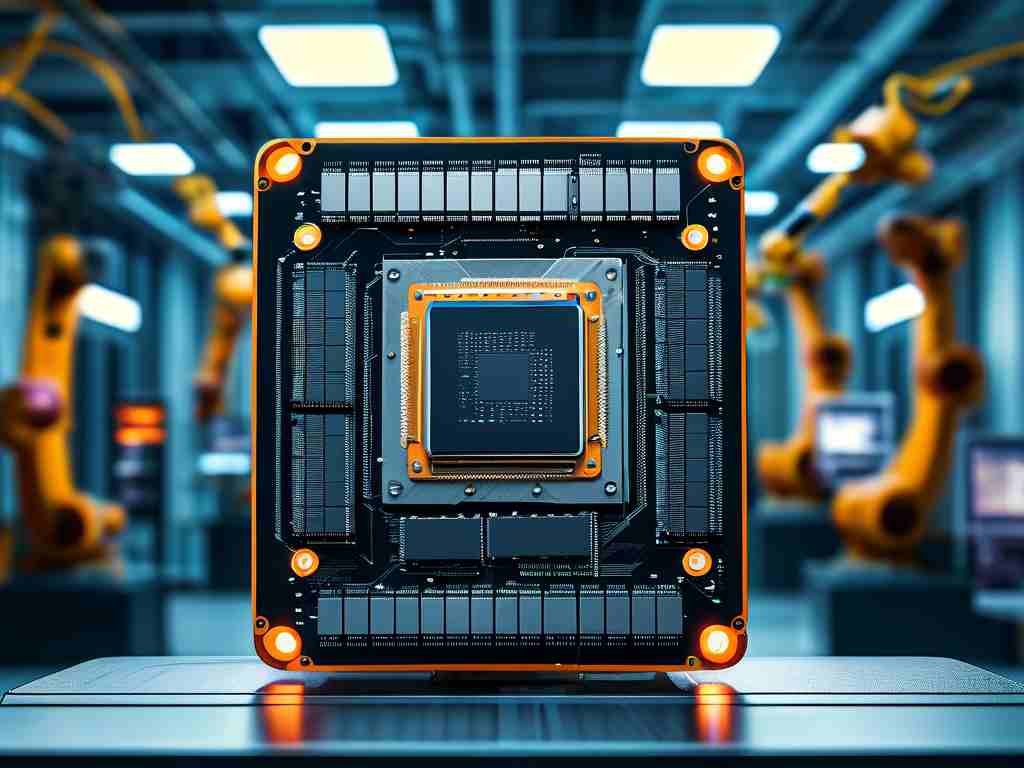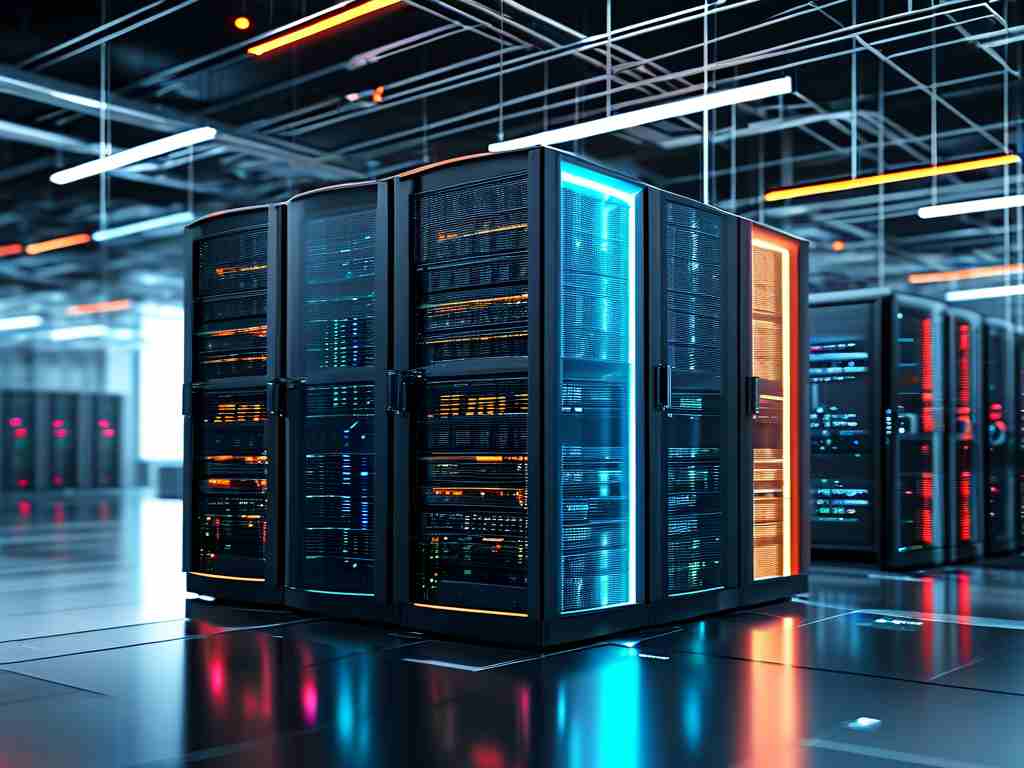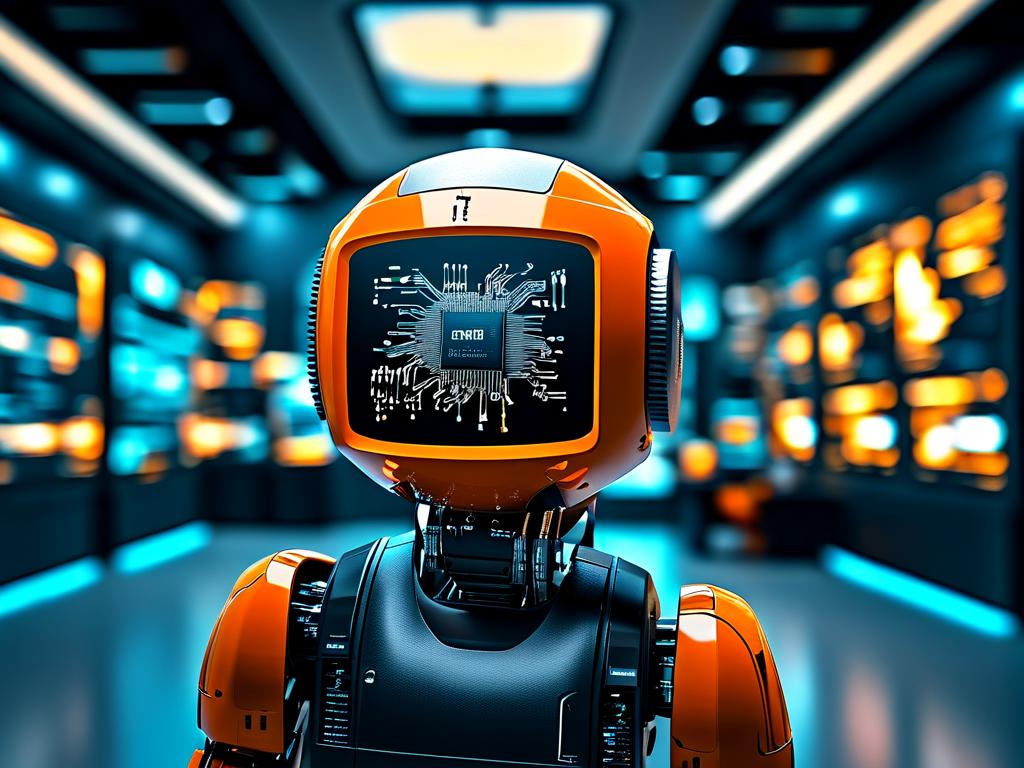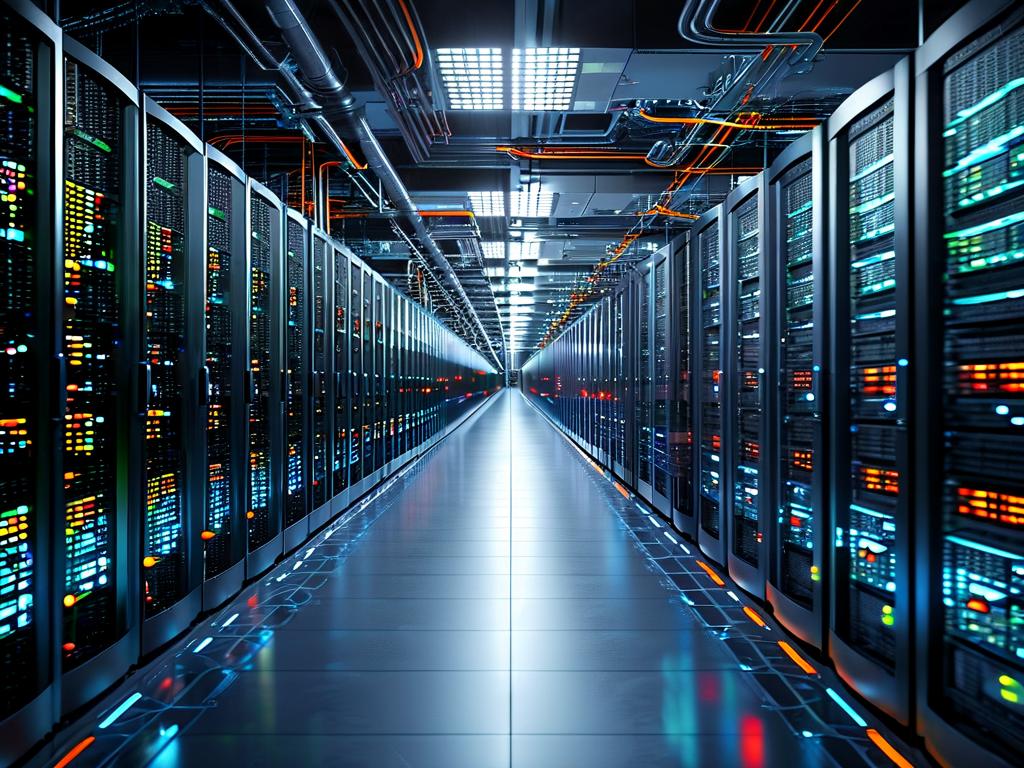As the world accelerates toward digitization, embedded development stands at the forefront of technological evolution. By 2025, the landscape of embedded systems will undergo transformative shifts, driven by advancements in artificial intelligence, edge computing, and energy-efficient hardware design. This article explores emerging trends and practical strategies for developers navigating this dynamic field.

AI-Driven Embedded Architectures
One of the most significant trends shaping 2025’s embedded systems is the integration of lightweight machine learning (ML) models directly into microcontrollers. Unlike traditional cloud-dependent AI, on-device inference reduces latency and enhances privacy. For example, TensorFlow Lite for Microcontrollers now enables neural networks to run on devices with as little as 32KB of RAM.
Consider this code snippet demonstrating a simple anomaly detection model on an ARM Cortex-M4 chip:
#include "tensorflow/lite/micro/micro_interpreter.h"
void detect_anomaly(float* sensor_data) {
tflite::MicroInterpreter interpreter(model, resolver, tensor_arena, 2048);
interpreter.Invoke();
float output = interpreter.output(0)->data.f[0];
if (output > THRESHOLD) trigger_alert();
}
Such implementations are becoming standard in predictive maintenance for industrial IoT, where real-time processing is critical.
Edge Computing and 5G Synergy
The rollout of 5G networks complements edge computing by enabling ultra-low-latency communication between embedded devices. By 2025, expect hybrid architectures where edge nodes handle data preprocessing, while centralized systems manage complex analytics. Automotive systems exemplify this trend—self-driving cars process lidar data locally but rely on cloud updates for route optimization.
Energy Efficiency as a Design Imperative
With sustainability dominating global agendas, embedded developers are prioritizing ultra-low-power designs. New microcontroller families like STM32U5 achieve 40% power reduction through dynamic voltage scaling and sleep-mode optimizations. Energy harvesting techniques, such as solar-powered environmental sensors, are also gaining traction.
Security Challenges in Connected Systems
As embedded devices proliferate, attack surfaces expand. The 2025 landscape demands hardware-rooted security solutions. Technologies like TrustZone in ARM processors isolate critical processes, while post-quantum cryptography prototypes aim to future-proof communication protocols. Developers must adopt a "secure by design" mindset, as seen in this secure boot implementation:
void secure_boot() {
if (verify_signature(firmware, public_key) == VALID) {
jump_to_firmware();
} else {
erase_flash();
}
}
Tools and Workflow Evolution
The development toolkit for embedded systems is undergoing radical changes. AI-assisted IDEs like VS Code with Edge Impulse extensions automate model optimization for specific hardware. Meanwhile, CI/CD pipelines for firmware—once a rarity—are now achievable through platforms like PlatformIO, enabling automated testing across multiple device targets.
Case Study: Smart Agriculture in 2025
A practical application of these trends emerges in precision agriculture. Solar-powered soil sensors using LoRaWAN transmit data to edge gateways running custom ML models for crop disease prediction. Farmers receive alerts via low-power LTE-M networks, demonstrating how embedded systems balance performance, connectivity, and sustainability.
Preparing for the Shift
For developers, staying competitive requires mastering three areas:
- Cross-disciplinary knowledge blending hardware design and ML fundamentals
- Proficiency in security frameworks like PSA Certified
- Adaptability to modular architectures (e.g., FPGA-based accelerators)
The road to 2025 is paved with both challenges and opportunities. By embracing these innovations, embedded developers will shape technologies that redefine industries—from healthcare wearables to autonomous robotics. As the boundary between physical and digital worlds blurs, embedded systems remain the silent enablers of tomorrow’s smart ecosystems.









